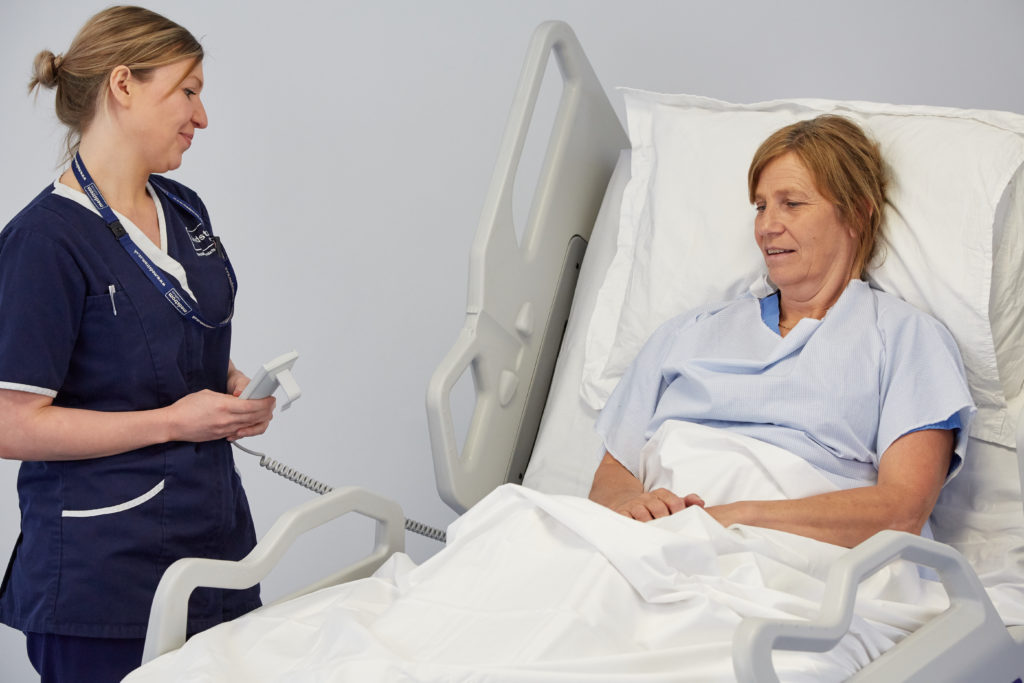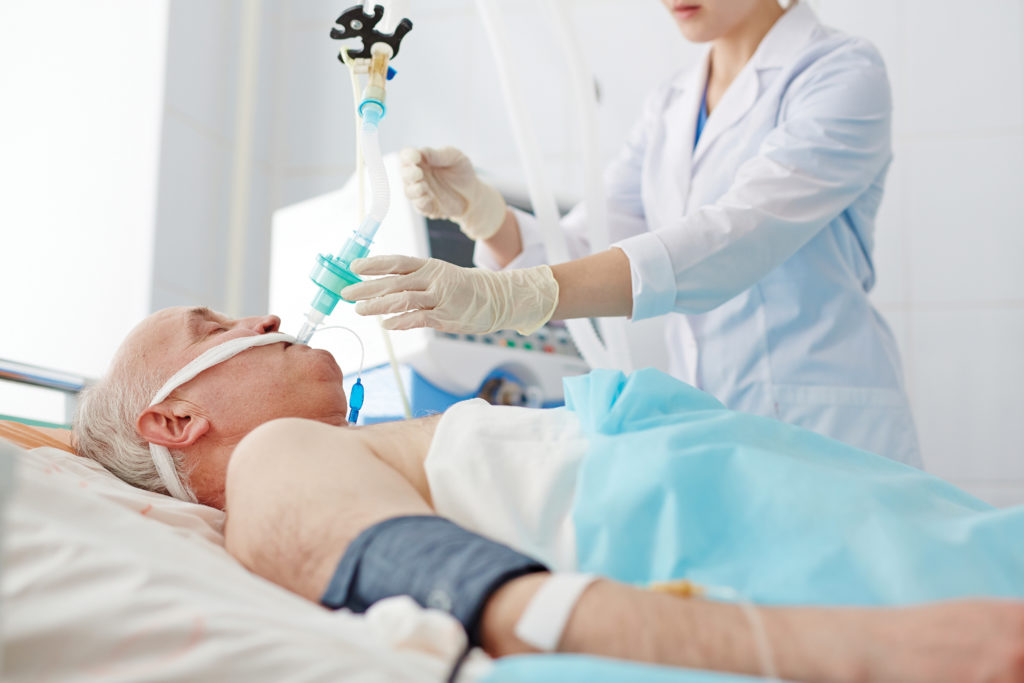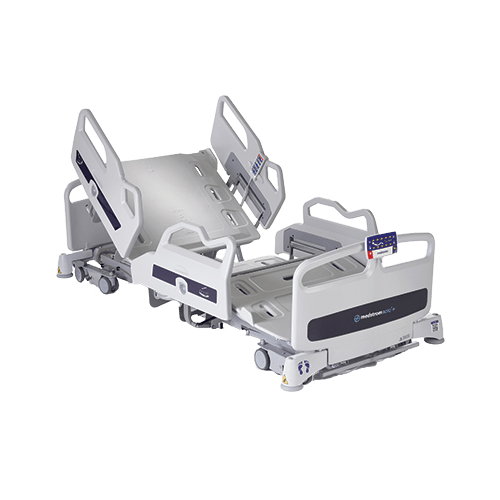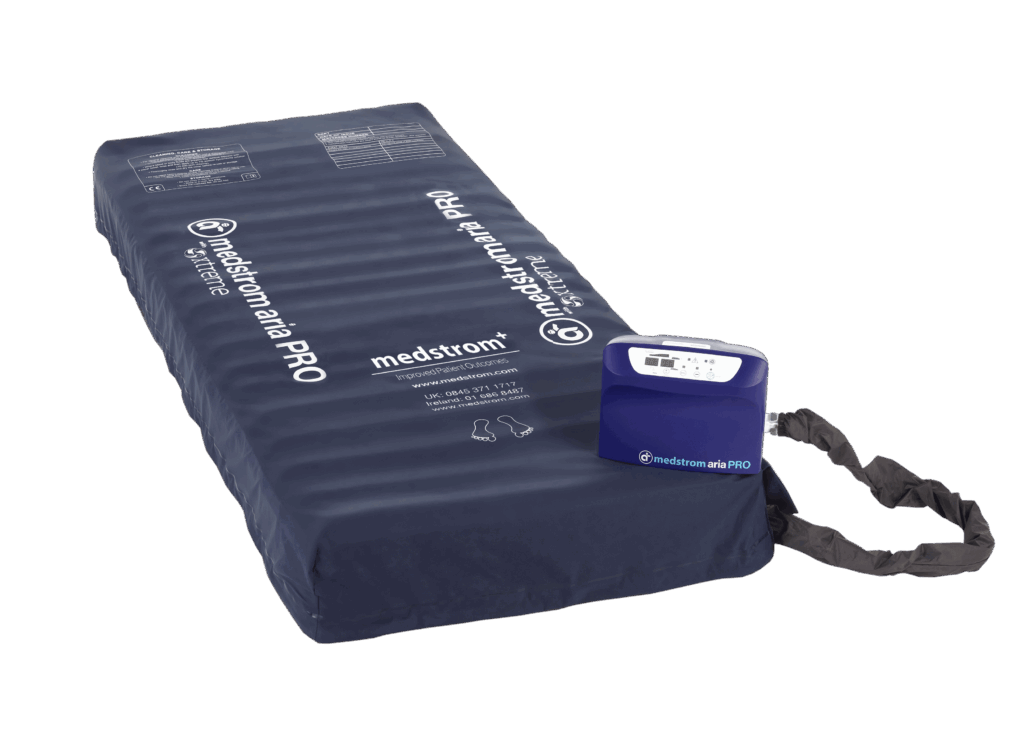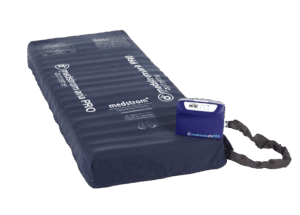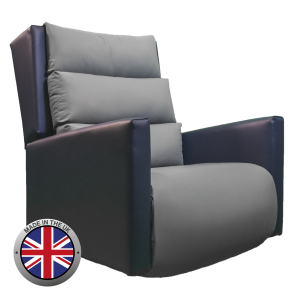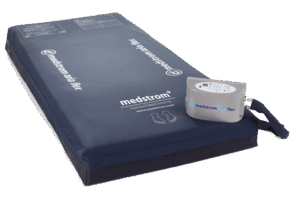
Adding a Pressure Care Cushion to a Chair
Some patients will benefit from the addition of a pressure care cushion to their chair. This may help to prevent skin damage which can be caused by sitting in one position with no or little movement.1 And for some patients, it may enable them to sit out of bed for longer, giving both physical and psychological benefits.2
This post looks at which patients may need a pressure care cushion, some potential drawbacks, and how the Medstrom Aria air immersion cushion can help to overcome these.
Introduction
There are many factors which increase the risk of pressure ulcer development, which can be assessed using a tool such as PURPOSE-T. This particular assessment incorporates the following evidence-based factors which can contribute to pressure ulcer risk:3
- Degree of independent mobility
- Previous pressure ulcer history
- Medical devices (for example a urinary catheter may exert pressure on the skin when a person is seated)
- Skin perfusion
- Nutrition
- Sensory perception and response
- Moisture due to sweating and other body fluids
- The presence of diabetes
Risk assessment results and local protocols will determine which mattress is provided, and whether a pressure care cushion is also needed.
Some Drawbacks of Seat Cushions
The addition of a seat cushion can benefit at risk patients, but there are some potential drawbacks which it’s good to know about:
Increased seat height
Adding a cushion to a chair seat increases the height at which the patient is sitting. So a chair which may be the correct height for a patient without the cushion becomes too high with it.
This is problematic for two reasons:
- Increased risk of falls. The safest height to mobilise from is with the feet flat on the floor.4 If feet are dangling due to an increase in chair height, mobilisation becomes more difficult and risky.
- Increased risk of pressure damage. Dangling feet increase the pressure on the lower thighs. Also. if the chair has a leg rest, the heels may have more pressure on them due to increased contact with the chair. And someone may slide down a seat that’s too high to get their feet flat on the floor, increasing pressure and shear on the sacrum and coccyx.1
Infection control
If the cover on a cushion splits or tears, the inside can quickly become contaminated with body fluids. As well as posing an infection control risk if not spotted, in the case of a foam cushion, this will be the end of its life.
Bottoming out
Lower quality foam cushions may degrade and collapse faster than higher quality, and may need replacing every 6 to 12 months.1 Continued use when they are no longer offering the same support as they did when new can result in bottoming out, increasing pressure ulcer risk.
Medstrom Aria Cushion
The Aria cushion is suitable for low to very high risk patients. Based on years of experience in pressure area care product development, the cushion utilises the successful modern air immersion technology that was initially introduced with the Medstrom Aria mattress range.
It can be used on the Medstrom Tilt-in-Space PRO, Riser Recliner PRO, and static chairs (dependent on risk assessment and the size of the chair seat).
Benefits include:
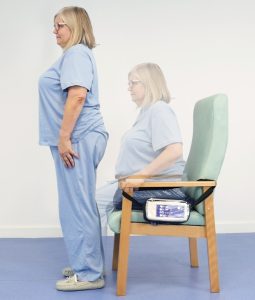
- Mobilisation without compromise: The ultra-low profile of just 6.5cm and innovative cubed cells adds less height to the chair seat than many other pressure care cushions. This helps safe mobilisation to and from a chair, without compromising on therapeutic benefits.
- Superior pressure area care: A choice of two therapy modes (reactive and active) and five comfort settings give clinicians and patients flexibility.
- Longevity: Strikethrough on a foam cushion means throwing it out. In contrast, the inside of the Aria cushion can be cleaned even if the cover is breached, extending its life.
- Maximum patient weight 200kg (31 stone): This remains the same for the whole of the cushion’s life, eliminating guesswork that can occur with deteriorating foam cushions.
- Ultra-portable: With a lightweight control box and 12-hour battery life as standard, the cushion offers maximum flexibility.
- Quiet operation: The decibel level within the Aria cushion is extremely low, ensuring minimal disruption when in use.
Medstrom’s team of qualified nurse and physiotherapist Clinical Advisors are on hand to help you 24/7. If you have any questions about products, services or would like some clinical support please contact us. We’re always here to help.
Other Articles in the Up and Moving Series
Part 1: Role of the hospital chair in patient recovery.
Part 2: Patient chairs – types and selection.
To find out about pressure ulcer prevention and management, Click Here.
References
-
Stephens M and Bartley CA (2018) Understanding the association between pressure ulcers and sitting in adults what does it mean for me and my carers? Seating guidelines for people, carers and health & social care professionals. J Tissue Viability 27: 59-73.
-
Stoneley, S. Sit Out, Get Out (S.O.G.O) — #EM3: East Midlands Emergency Medicine Educational Media (2016). Available at: Sit Out, Get Out (S.O.G.O) — EM3
-
Fletcher J (2023). Use of PURPOSE-T in practice: an evidence-based pressure ulcer risk assessment tool. Wounds UK 19(1): 75-80.
-
Martindale D (2021). Calculating bed height for hospital patients using popliteal measurement. Nursing Times [online]; 117: 10.
